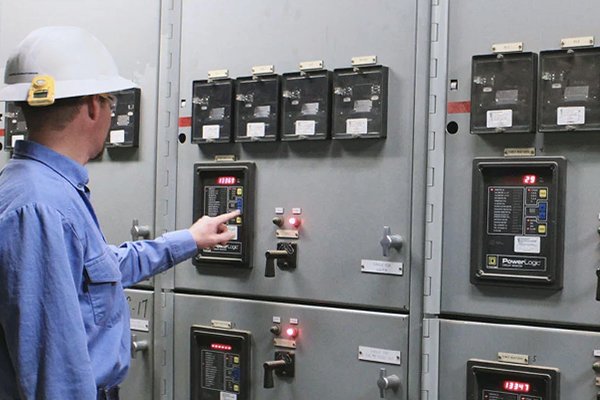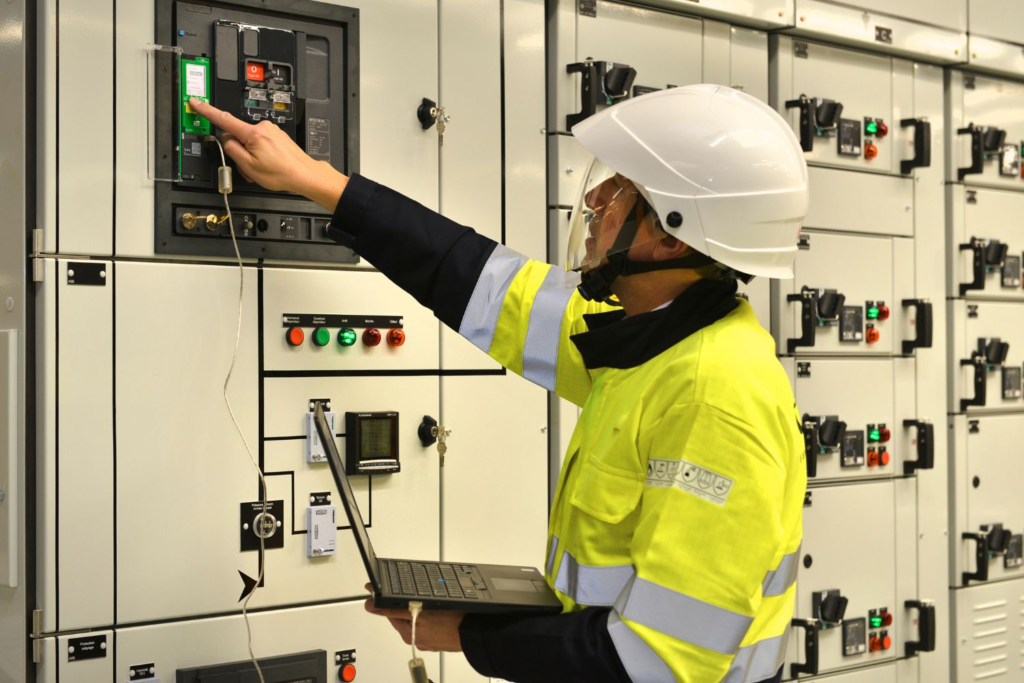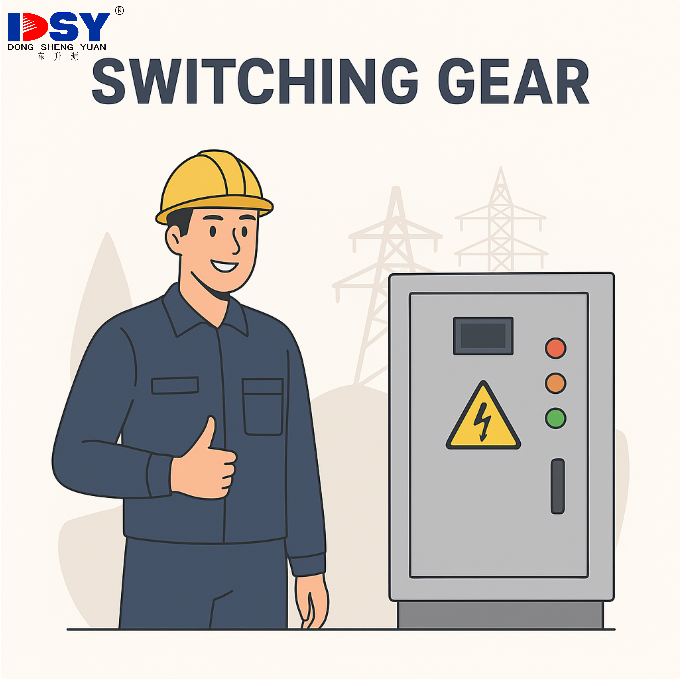How to Select the Right Switchgear for Industrial Projects
As a trusted global provider of HV/LV switchgear solutions, we at DSY Electric bring over two decades of experience supporting industrial and energy projects throughout Asia, the Middle East, and Africa. This guide assists procurement professionals in making informed, risk-reducing decisions.

Why Selecting the Right Switchgear Is Critical
Choosing the right switchgear for your industrial project is a high-stakes decision. If you select the wrong configuration, your site risks operational delays, non-compliance penalties, and costly redesigns. On the other hand, smart switchgear selection can help you accelerate commissioning, ensure grid compatibility, and improve long-term system reliability. This guide gives you actionable insights to evaluate your procurement strategy, reduce risks, and drive ROI.
Define Your Project Requirements Upfront
Step 1: Match the Voltage Class to Your Load Profile
Clearly determine whether your project requires Low Voltage (<1kV), Medium Voltage (1–36kV), or High Voltage (>36kV) equipment. Right-sizing your switchgear avoids overengineering, budget overspend, and utility rejection. MV switchgear fits most industrial substations; HV is reserved for transmission and utility-scale operations.
Step 2: Involve All Key Project Stakeholders
Collaborate early with engineering, operations, safety, and finance. Define key performance needs: load variation, redundancy, uptime, and expansion. Clear alignment reduces RFQ changes, speeds up sourcing, and avoids downstream issues.
Step 3: Account for Environmental Conditions
Where will your switchgear be installed? In corrosive coastal zones? Confined spaces? High humidity or dust? These details determine enclosure type, cooling system, and insulation material. For example, GIS is ideal for compact or damp environments. Overlooking this can shorten equipment life or cause service failures.
Compare Technical Features That Impact Procurement
Voltage & Insulation Type: Know Your Options
| Switchgear Type | Voltage Range | Insulation | Best For | Key Benefit | Buyer Considerations |
|---|---|---|---|---|---|
| LV | <1kV | Air | Light industrial panels | Low-cost and easy servicing | Limited power handling |
| MV AIS | 1–36kV | Air | General industry | Budget-friendly, maintainable | Larger footprint |
| MV GIS | 1–36kV | SF6/Gas | Space-constrained or corrosive sites | Compact, sealed system | Higher initial cost |
| HV | >36kV | Air/Gas/Oil | Utility & infrastructure | Supports heavy loads | Complex installation |
Short-Circuit & Arc Flash Ratings
Confirm the switchgear’s short-circuit withstand capacity. Make sure it complies with IEC 62271 or ANSI C37. Look for arc-flash tested designs if you operate near personnel zones. These specs aren’t just technical — they determine site safety and approval timelines.
SCADA & Remote Monitoring Integration
Modern facilities require SCADA-ready switchgear. Ensure your units support IEC 61850, Modbus, or DNP3 protocols. Built-in monitoring capabilities can cut downtime, enable predictive maintenance, and drive smarter load management.
Evaluate the Supplier’s Capabilities & Deliverability
Verify Certifications & Export Experience
Your vendor should provide IEC, ANSI, UL, and ISO9001-certified solutions. If you’re exporting to Africa, GCC, or Southeast Asia, verify they’ve handled customs and regional utility documentation before. Missing paperwork can delay grid connection or lead to non-approval.

Lead Times & Engineering Flexibility
Clarify delivery timelines. How fast can they build, test, and ship? Can they adjust SLDs, panel sizes, or breaker brands? Procurement success depends on a partner that adapts to your project—not the other way around.
Final Buyer Checklist
| Critical Factor | Buyer Action | Why It Matters |
|---|---|---|
| Voltage Match | Align switchgear voltage to facility load | Prevents over/under specification, avoids redesign and grid approval issues |
| Environmental Fit | Choose insulation and enclosure based on site conditions | Ensures long-term durability in corrosive, humid, or confined environments |
| SCADA Compatibility | Ensure protocols align with plant automation | Enables remote monitoring, fault detection, and smooth integration into control systems |
| Standards Compliance | Request IEC/ANSI/UL documentation | Guarantees safety, simplifies inspections, and meets export/import regulations |
| Past Installations | Ask for similar voltage or project case studies | Validates vendor experience and reduces technical risk |
| Lead Time | Validate it fits your build schedule | Helps you avoid project delays and aligns with commissioning deadlines |
Frequently Asked Questions (FAQs)
- What’s your typical lead time?
Standard is 8–12 weeks depending on spec. We offer expedited builds. - Do you support SCADA integrations?
Yes. IEC 61850, Modbus TCP/RTU, and DNP3 are supported. - Can I request custom panel layouts?
Absolutely. We support custom SLDs, cable entry positions, and busbar schemes.
Contact Us Today
Contact us now to receive a quote, reference project, or tailored technical file.





